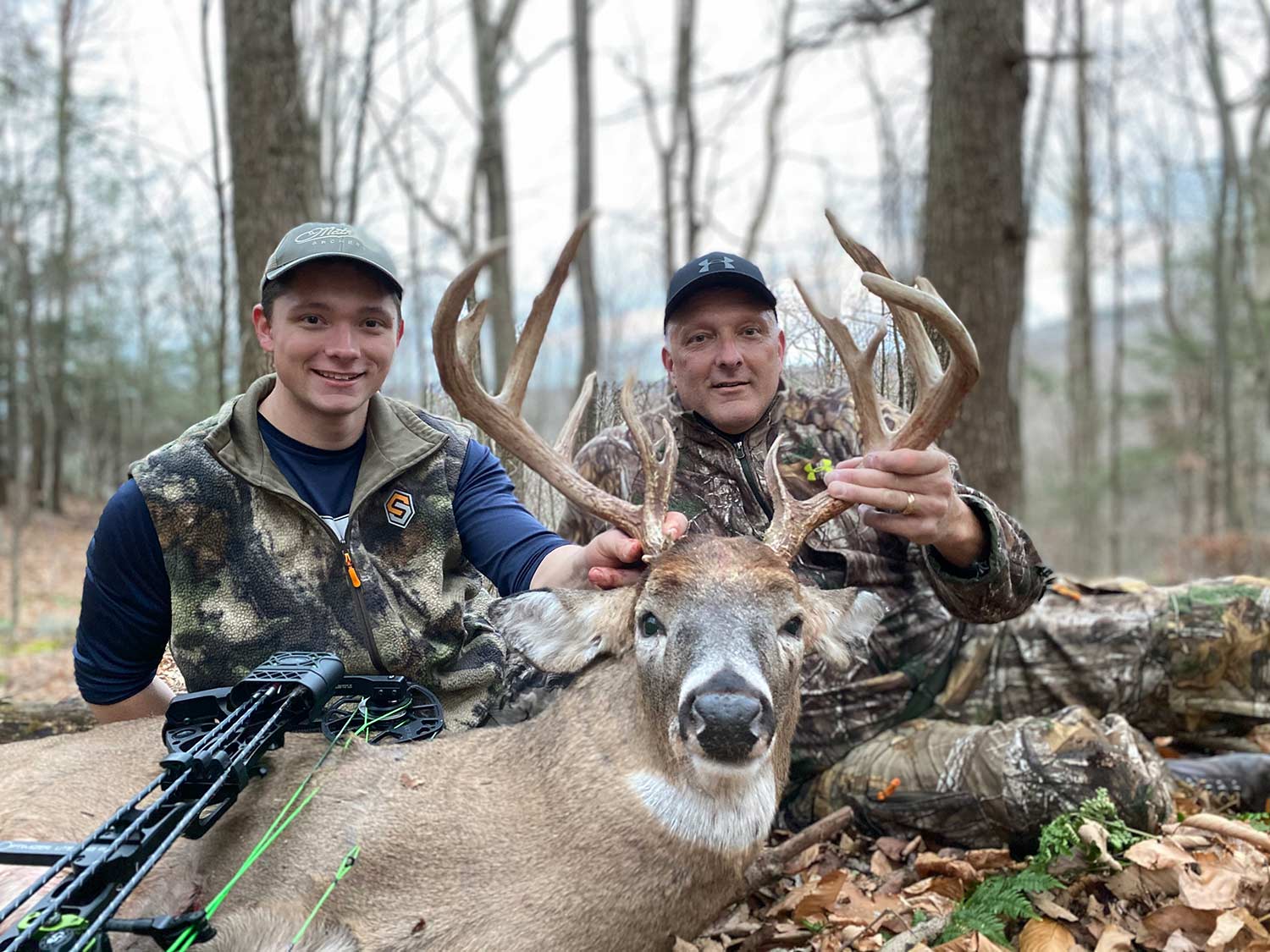First tip, you need to ensure you stand by a decent 20 to 30 minutes prior to getting down out of the visually impaired. As you are staying there pausing, picture your shot. On the off chance that the deer took a high leap and kick it was in all probability hit in the vitals, however in the event that the deer runs off and hunches up you made a stomach or what trackers call a stomach shot. On the off chance that you hit the deer in the vitals the deer will not go the distance however assuming you made a stomach shot, you will stand by much longer. With stomach shots the deer will likely go to sleep and pass on there, in the event that they are given an enough time.If you don’t give the deer enough time you will play this round of hopping the deer and following it farther into the forest and making your possibilities of that deer going off your property and on to another person’s which will make it harder to get it. Simply be patient and you will get your prize.
Second tip, whenever you have found the blood trail the shade of the blood will decide how great of a short you made and where you might have stirred things up around town. In the event that you are following at dull, having a red light will assist you with finding the blood simpler than a customary electric lamp. Splendid, pink, foamy blood with bubbles shows you made a lung shot and the deer will not go exceptionally far. A rich, striking, red blood shows you made a shot near the heart or a region with different veins. Dull, dark red variety blood implies you made a liver or kidney shot and blood sign may be insignificant so be patient while following. Blood with plant matter or food blended in it in with a yellowish green color implies you made a stomach or stomach shot.
Third tip, taking a gander at how the blood scattered will offer you how great of a chance it was. Assuming the blood is in the tracks of the deer, that implies the deer is strolling and in the event that the blood is winding on the path, that implies the deer is going to bite the dust and presumably has goes to sleep. Blood from a running deer will shower and splatter and in the event that there is significant blood you likely hit a significant vein or made a heart shot. Ensure you are looking on vegetation and trees as well and not simply on the ground. On the off chance that you are simply taking a gander at the ground you could miss something or miss seeing the deer laying in front of you. You probably won’t find blood immediately yet don’t provide up recollect which the guidance the deer ran off and follow the tracks and you will see blood.
Last tip, don’t simply approach the deer. You need to verify whether the eyes are open or shut. Assuming the eyes are opened the deer is undoubtedly dead yet at the same time use alert and assuming the eyes are shut that implies the deer is as yet alive and could should be shot once more. Make sure to continuously go through alert while strolling on a deer as numerous trackers have had a deer bounce up and take off running and the deer can likewise injury you.
Since you have the tips to assist you with prevailing with regards to tracking down your injured deer, make the best of your chase and consistently settle on the best decision while following a deer or when might be the best opportunity to begin following. Best of luck hunting and as forever be protected and know your objective and what’s behind it.

